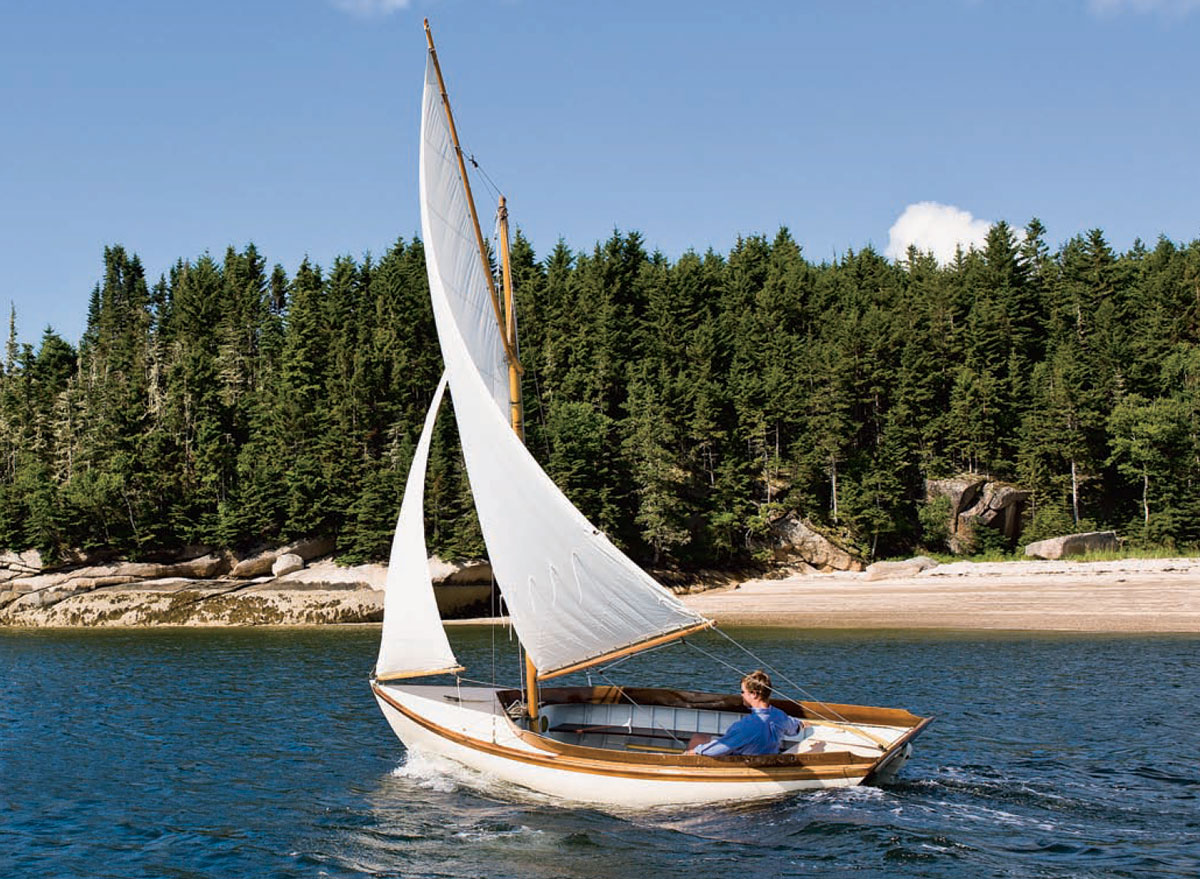 Benjamin Mendlowitz
Benjamin MendlowitzJoel White adapted the iconic Herreshoff 12 1/2—a small, full-keeled daysailer—for trailering in 1985. A centerboard pivoting in a slotted lead ballast keel replaced the original keel, and the boat grew wider to offset the loss of stability. In appearance and performance, the boats are nearly identical.
Any discussion of the Haven 12 1⁄2 must begin with the Herreshoff 12 1⁄2—considered by many to be the best all-around sailboat of her size ever designed. Measuring 12′ 6″ on the waterline, 15′ 10″ overall, with a beam of 5’10” and a draft of 2’6″, the Herreshoff boat is known for its excellent sailing characteristics, its speed, and its responsiveness.
Designed and built in 1914 by Nathanael Herreshoff, the daysailer became a rapid success. Between 1914 and 1943, Herreshoff Mfg. Co. in Bristol, Rhode Island, built around 390 Herreshoff 12 1⁄2’s. After World War II, Cape Cod Shipbuilding Company of Wareham, Massachusetts, obtained the building works and built another 30 boats in 1947–48. At the same time, an additional 20 or so were built at the Quincy Adams Yacht Yard in Quincy, Massachusetts. These were the last wooden 12 1⁄2 s built, with the exception of a few that were privately constructed.
Variations on Herreshoff’s original design evolved in years to come and led to the Cape Cod Bullseye and the Doughdish, both built in fiberglass. These two designs attracted their own audience, gained acceptance by the Herreshoff 12 1⁄2 class association, and helped keep the class alive. The Herreshoff 12 1⁄2, Bullseye, and Doughdish were all favorites for club racing, as they were easily handled under a gaff or marconi rig, very competitive, and reasonably priced. In their early years, a Herreshoff 12 1⁄2 could be purchased for a little more than $400, fully equipped; today, these boats routinely sell for tens of thousands of dollars.
The original wooden Herreshoff 12 1⁄2 fleet remains strong to this day due to the love and dedication of their owners and admirers. In fact, many of the boats still belong to their original families, sailed by the grandchildren and great-grandchildren of their original owners. Over 250 of the original boats are sailing or in the process of being repaired or restored, and most are found on Buzzards Bay and throughout much of New England. Each year, nearly two dozen vie for honors in the national championship regatta hosted by top yacht clubs on the East Coast.
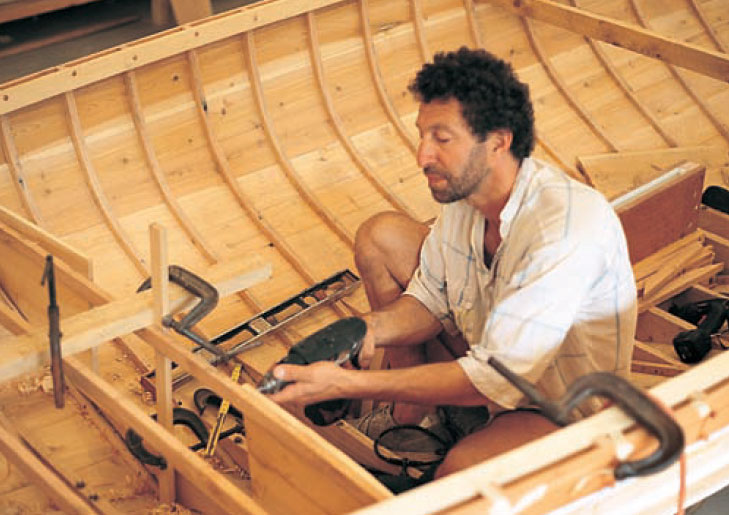 WoodenBoat School
WoodenBoat SchoolWoodenBoat School in Brooklin, Maine, has built several Haven 12 1/2s—in both carvel planking, as seen here, and cold-molding.
In 1985, Joel White, the late owner of Brooklin Boat Yard and a well-known yacht designer, was approached by a client who was interested in a boat similar to the classic Herreshoff 12 1⁄2 but with shoal draft and trailerability for easy transport and storage. Joel decided that the Herreshoff 12 1⁄2 was such a great design that it made sense to stick with the original concept but to reduce the draft. He retained the profile, sheer, stem, and stern profiles, along with the rig.
The draft was reduced from 2′ 6″ down to 1′ 6″ and a centerboard was added. To ensure the new design had the same stability as the original, Joel increased the beam by 3″ amidships and 1 ½” at the stern. He also kept the original longitudinal center of buoyancy so that the new boat would float and conduct itself exactly as the Herreshoff design. The Haven class, like the Herreshoff, is 12 1⁄2 ‘ on the waterline and 15’ 10″ overall. A lead ballast keel brings her total weight to approximately 1,500 lbs.
The Haven is big enough to sail comfortably with four people, but is also easily singlehanded. In terms of sailing ability and aesthetics, the design has proven to be virtually identical to her predecessor. At WoodenBoat School, we have a mixed fleet of both Havens and Herreshoffs; we constantly daysail them in company and often race them as one fleet, and we haven’t been able to decipher any real differences in their performance. If there is any variation, it can usually be traced to the quality of sails or crew.
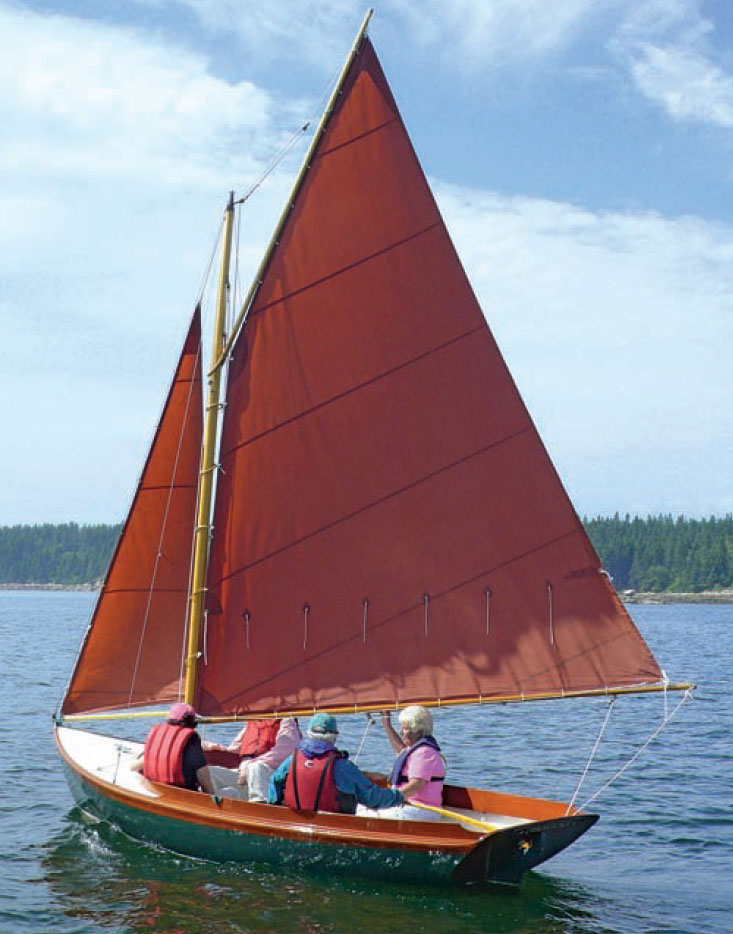 WoodenBoat School
WoodenBoat SchoolWoodenBoat School maintains a fleet of Haven 12 1/2s—and a few original Herreshofffs. The school’s elementary seamanship courses are taught in these boats.
Interest in building the Haven has been high ever since the design made its debut and plans became available. It is one of the more popular designs carried by WoodenBoat; well over 200 sets have been sold in just the past five years. There’s also plenty of interest in understanding the construction method, as evidenced by sales of Maynard Bray’s book How to Build the Haven 12 1⁄2-Footer, with over 12,000 copies in print. And the six-page study plans are one of the most popular items on WoodenBoat’s ever-growing Instant Digital Download site.
Hundreds of Havens have been built by both amateur and professional builders. But be forewarned: building a Haven 12 1/2 footer is not an easy project. Although the construction process is well documented in Maynard’s manual, prior boatbuilding or advanced woodworking experience is strongly recommended. The boat is designed to be built using the Herreshoff method, which calls for a timber mold for every one of the hull frames, 22 total. While this procedure involves a lot of work, the result is a very fair hull and a strong boat. Since the plans include full-sized patterns for all 22 construction molds, lofting is optional and skipping this process saves the builder a good deal of time.
Although the Haven was designed for traditional plank-on-frame construction, many builders have chosen cold-molding, for a variety of reasons: easy availability of veneers and epoxy, the peril of placing a plank-on-frame hull in warm worm-infested waters, and limited access to the water necessitating the boat being stored dry on a trailer (cycling between water and land is hard on a plank-on-frame hull, as the wood shrinks and expands).
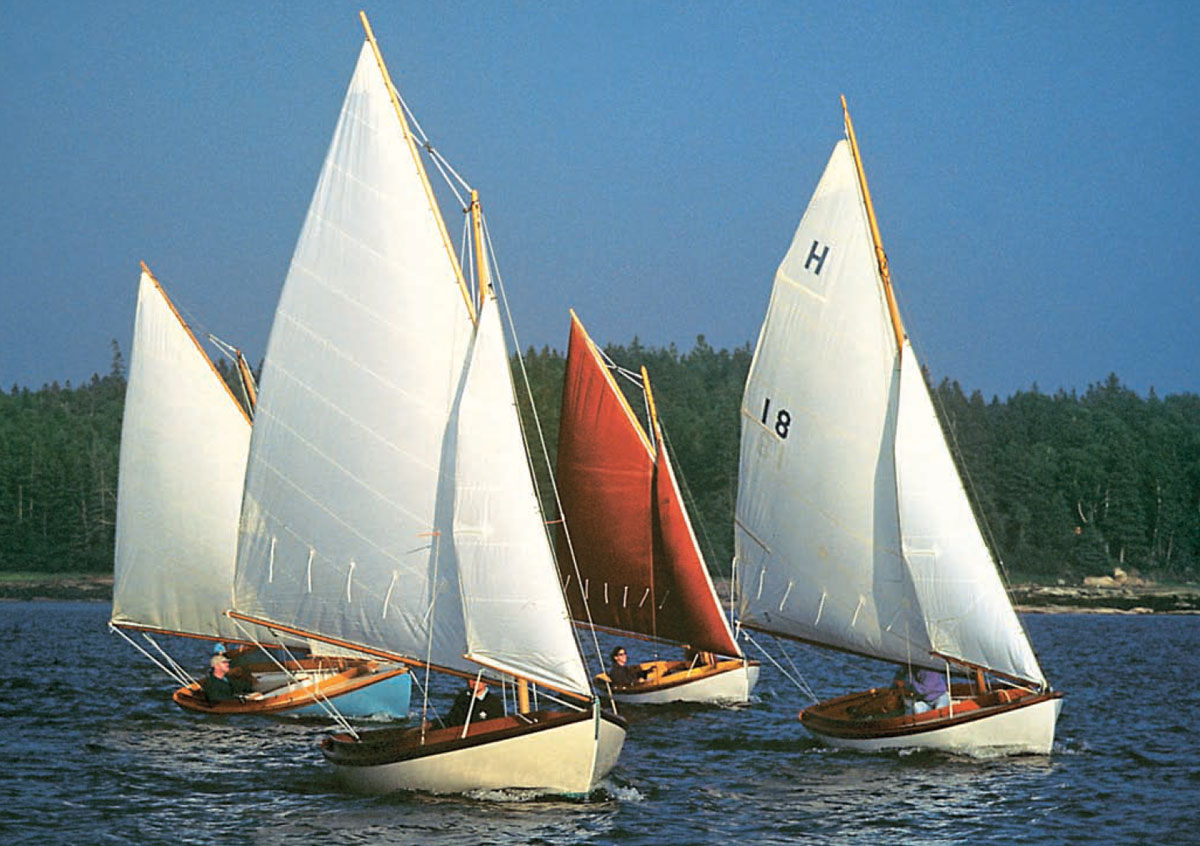 Peter Chesworth
Peter ChesworthCan you tell them apart? Here, a Herreshoff and three Haven 12 1/2s sail in company at WoodenBoat School. (The boat to the far right is the Herreshoff 12 1/2 WE THREE; the others (from right) are the Havens ALLENE, CONNIE and IOLANTHE.)
Eric Dow has been building boats in Brooklin for over 30 years and specializes in construction of the Haven. His first, in 1987, was for a gentleman from Texas who stopped by his shop unannounced looking for a daysailer; the man decided on Joel’s design that very day after listening to Eric’s recommendations.
Eric’s first 10 or 11 Havens were built plank-on-frame, and he and his crew would turn out two or three a year. Eventually, he had a request to construct a cold-molded hull and he decided to give it a go. A mold was built, changes in construction details were made, and the boat was a success. Eric described it as “a learning experience” and admitted that it took him and his talented crew eight more cold-molded hulls before they really felt comfortable and efficient with this approach.
When asked whether he favors the traditional plank-on-frame method of construction over cold-molding, Eric is flexible. “We’re set up in our shop to build either way. Patterns exist for every piece of the boat, and we can complete one in fewer than 800 hours from setup to painting, whether it’s planked traditionally or cold-molded. For the amateur builder, however, I’d recommend the traditional method since that’s what the plans call for.” Eric also notes that “There’s a lot of sanding and prep work required on an epoxy-laminated hull. I can fair a traditionally planked hull in a half-day with my smoothing plane, but it takes lots more time fairing out a cold-molded one.”
Haven Nos. 50 and 51 left Eric’s shop this past summer. In 22 years of building this design, he sent them to ports near and far: four to Japan, five to South America, and the rest sailing in waters throughout the United States. Over a dozen of his Havens call Brooklin home. Each one of Eric’s boats is a work of art, reflecting the highest of standards, and his crew’s craftsmanship is nothing short of superlative. Joel White would be proud.
The design also plays a key role in the Small Boats Course at The Landing School in Kennebunkport, Maine. Instructor Paul Barton likes the fact that the Haven offers students “a lot of boat in a small enough package that can be built in a reasonable period of time.” Each January, teams of three to four students per boat begin the project that will encompass all aspects of construction from lofting and setup through all of the various boatbuilding and woodworking procedures to rigging, hardware installation, and sea trials in June.
From the outset, Joel White hoped the Haven would resemble the original Herreshoff boats. After sea trials, he wrote, “If you see this boat on the mooring or out sailing from a vantage point that obscures the centerboard trunk, I don’t think you can tell the new class from the old. What also pleases me is that the performance of the two classes seems to be exactly the same, both off the wind and to windward. So let the credit for the excellence of these boats go where it is due— to the Wizard of Bristol, N.G. Herreshoff.” Thanks to the genius of these two gifted designers, the Haven has gained a reputation for being a versatile beauty ideal for racing, family sailing, and coastal exploring. It is difficult to imagine a small boat design that affords more pleasure to the eye—or more pleasure to sail.
Order Haven 12 1⁄2 footer plans from The WoodenBoat Store; 800–273–7447.
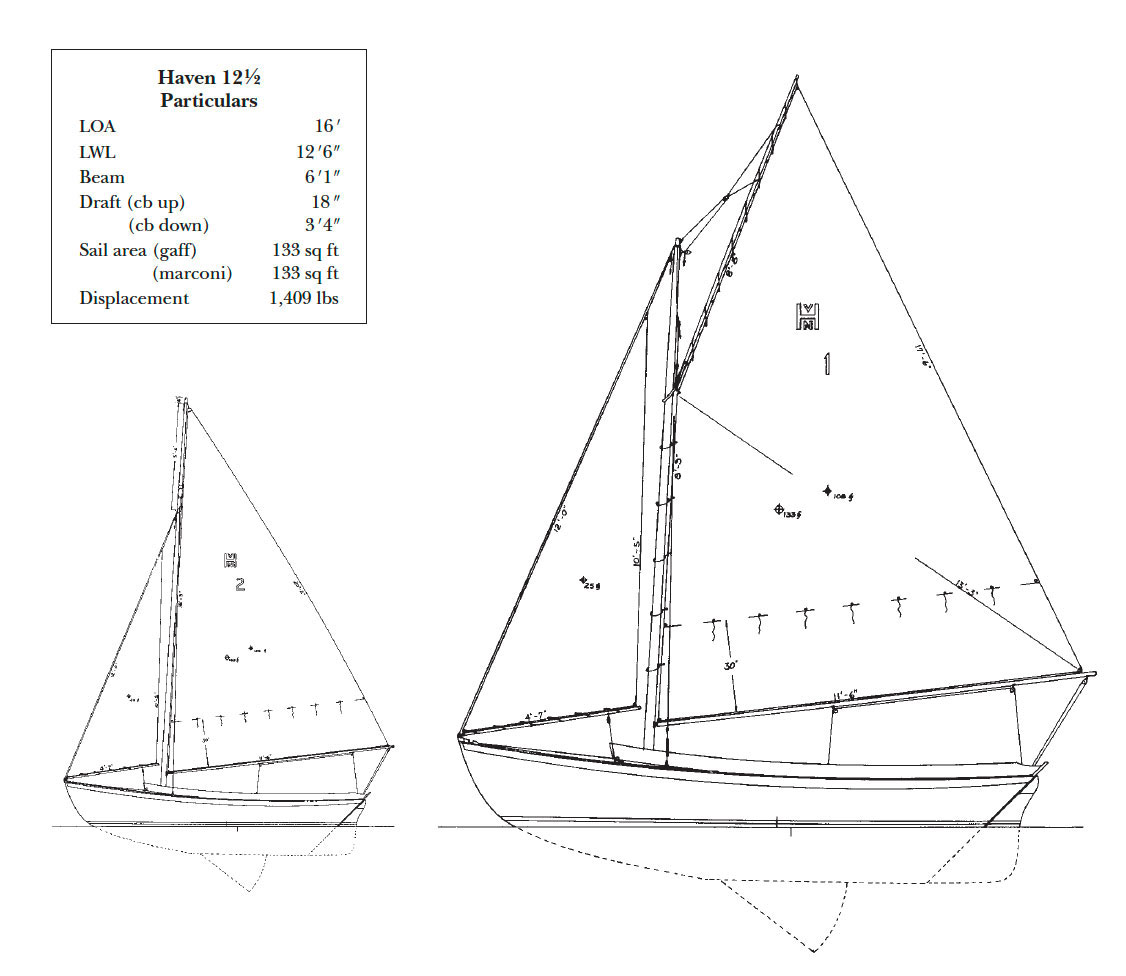
While she’s a complex boat to build, the Haven 12 1/2 has unusually detailed plans and support materials. Many first-time builders have done an admirable job of bringing this design to life.
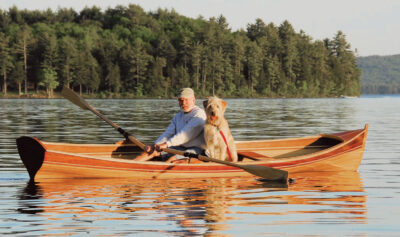
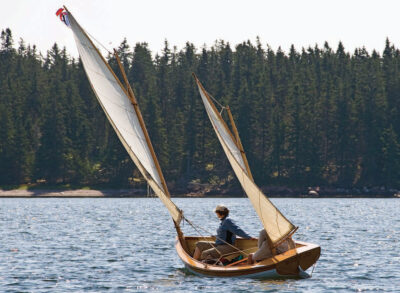
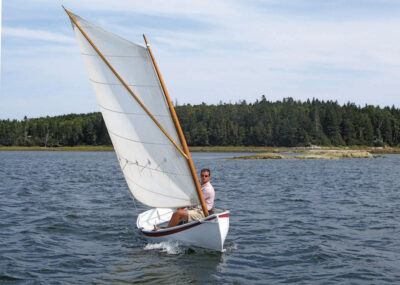
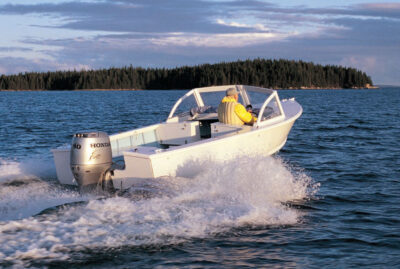
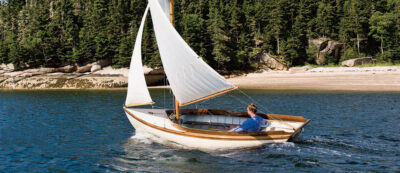
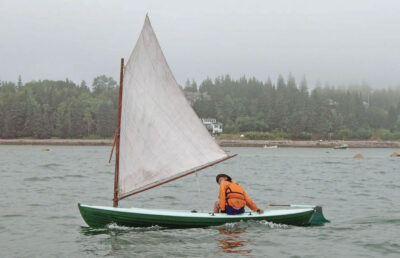
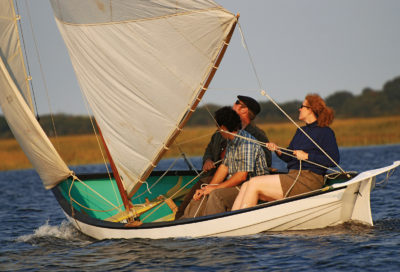
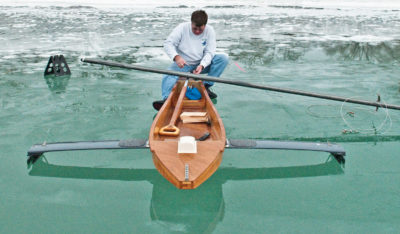
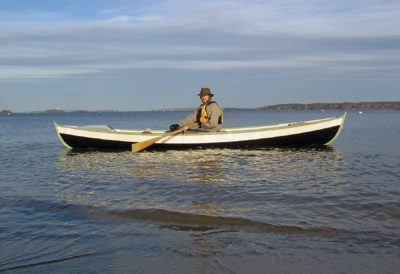
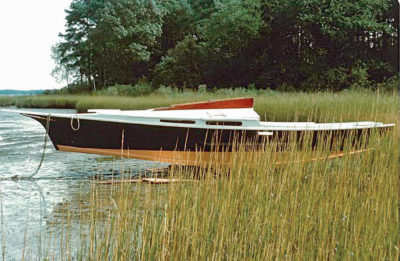
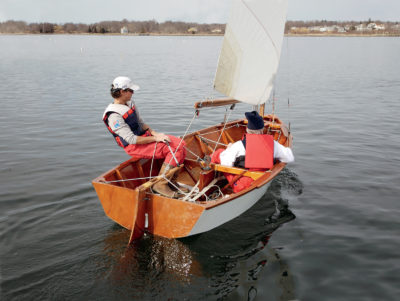
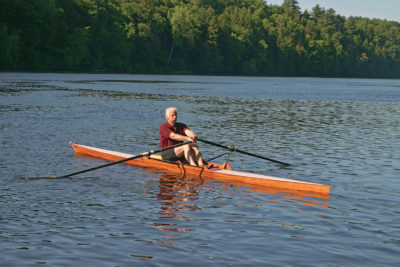
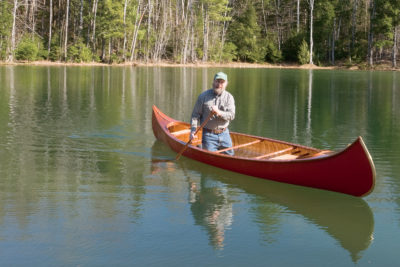
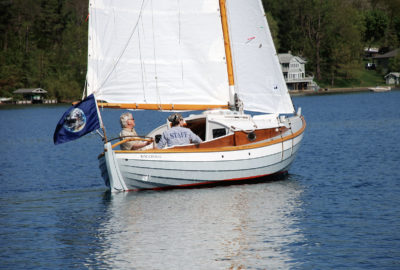
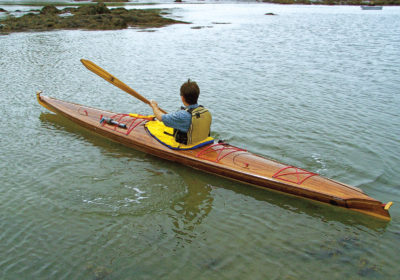
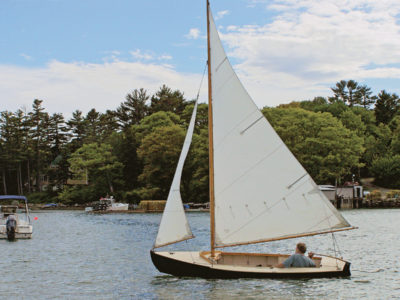
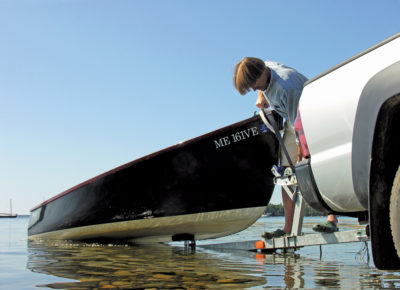
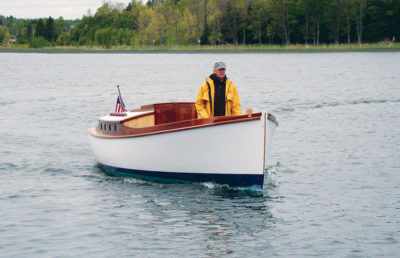
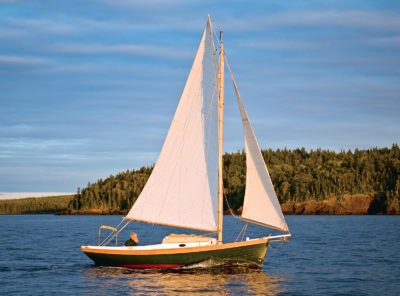
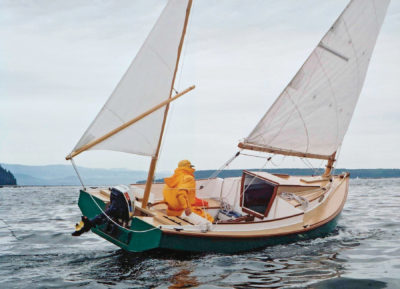
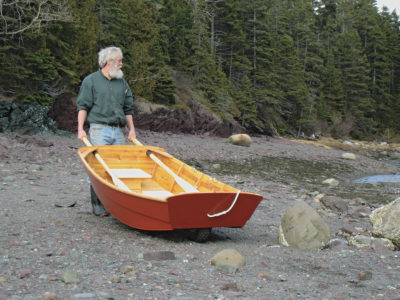
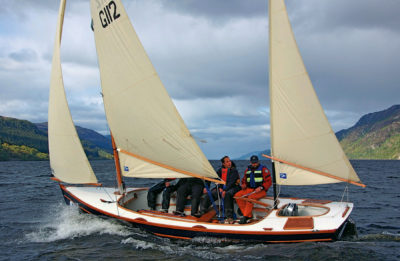
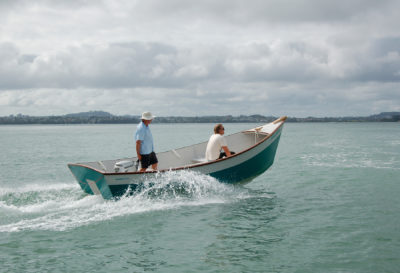
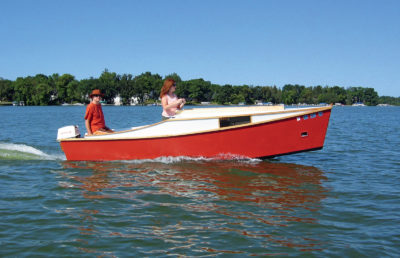
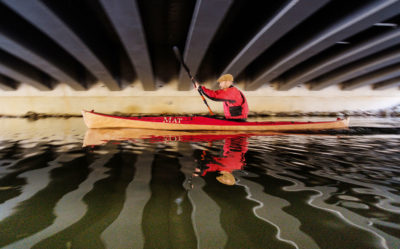
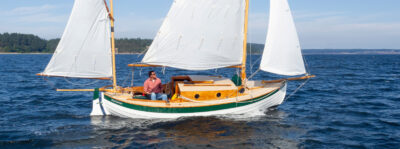
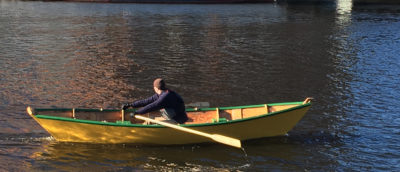
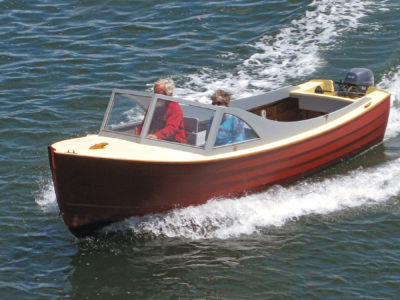
Is there a way to learn if any of these 12 1/2s are available on the market?
I’d be interested to hear your thoughts on the Somes Sound 12.5
With thanks
Christoph
Victoria
Australia